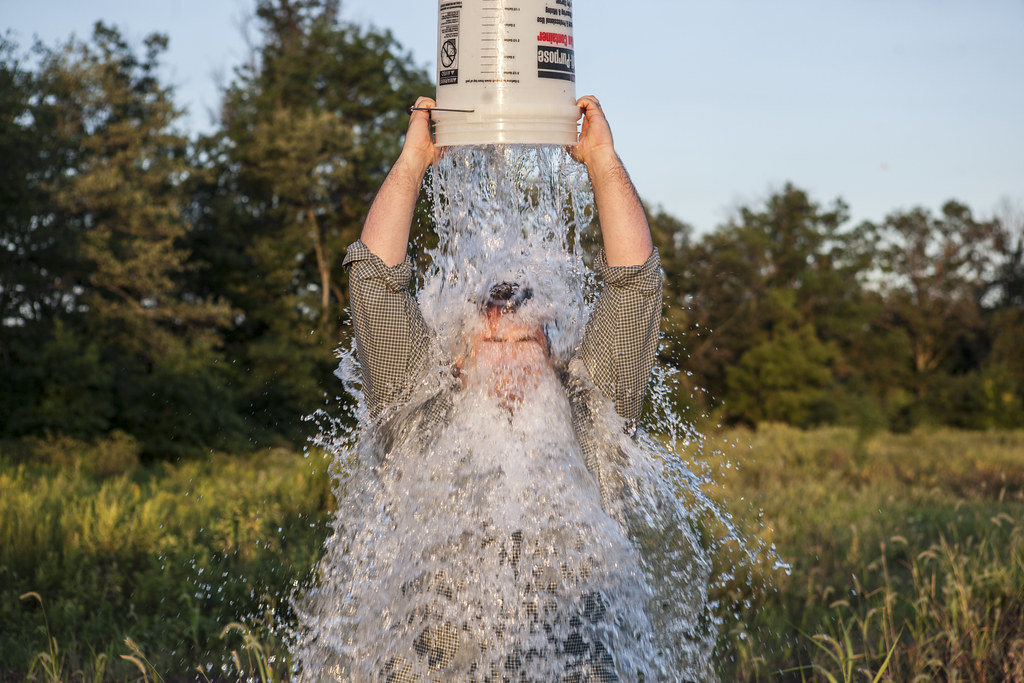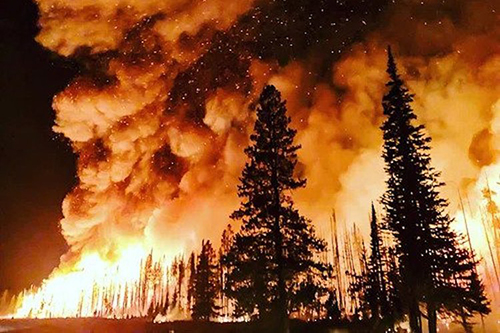Avian influenza strains have become increasingly apparent throughout the past few years, creating concerns throughout the United States.
The erupting virus is a growing threat among farmers because of its presence in the dairy products we consume.
What is the Bird Flu?
H5N1, most commonly known as Bird Flu, is a group of highly pathogenic (meaning it has the ability to cause severe disease and death) influenza viruses that have previously focused solely on birds. H5N1 is a subtype located in North America birds and was first identified in 1996 in geese in China, but has since then mutated and spread quickly throughout Europe.
How does it get passed?
Infected migrating birds have carried the disease, giving H5N1 a wide variety of hosts to choose from. At the moment, the main holders are sea lions, seals, birds, squirrels, skinks, dolphins, polar bears, and now most commonly in dairy cows. As the sea lions rest on the beach, they carry large amounts of the virus in their mucus, eventually sneezing and spreading it further. Foxes and dogs tend to scavenge upon the washed up carcasses, obtaining the flu as well. As of right now, it is located in the southern parts of the US and has crept its way into dairy farms.
Will it affect our food?
The simple answer is no, but that does not mean that we shouldn’t be cautious of what we’re consuming. Recently, samples of pasteurized milk from around the country had tested positive for inactive remnants of the bird flu virus. According to David O’Connor, a virologist at the University of Wisconsin-Madison, the genetic material poses little risk to consumers who drink milk. The pasteurization process slashes levels of the present virus, ultimately making it inactive. As of right now, any hint of the inactive virus in dairy products is safe to be ingested, but there is a chance it could overcome pasteurization. Milk from infected but asymptomatic cows seems to look unaffected and clean. The FDA is still conducting tests to determine whether the process fully eliminates the virus.
Are we at risk?
At the moment, we are safe from infection. However, pigs can serve as a danger if they catch the virus. Because they contract both the bird and human flu, they can act as “mixing bowls” and could spark the possibility of passing the virus onto humans. Although that can raise concerns, the virus would have to mutate. History suggests that even if the virus changes enough to begin widespread transmission between people, it may have to give something up in return. This means that if the virus were to mutate (which is highly possible), it would have to get rid of some of its illness-inducing symptoms. If humans do catch the mutated virus, their symptom was conjunctivitis. They obtained the illness through the close contact with an infected animal, and to prevent the spread they quarantined.
Do we have a vaccine?
Because we have known about it for so many years, we are more prepared for this flu than we ever were for the coronavirus. The CDC already has two candidate viruses that can be used to make vaccines, and at least four antiviral medications are available to treat the infected, according to The New York Times.
How will this affect our ecosystem?
It has been reported that the bird flu has already killed at least 24,000 South American sea lions. Their symptoms are evident as foam can be observed oozing from their mouths and noses as they lied deceased on the high tide line. More than 95 percent of the seal colony’s young animals have already passed. This can hinder the biodiversity of our planet, and we may start to observe less wildlife at the moment. While mating season calls for animals to be in close proximity with one another, they will be at a higher risk of obtaining the virus, but will also continue to procreate.
Overall, this virus should not be more harmful than a simple common cold for animals. Although there can be strains found in our dairy products, it’s all pasteurized, therefore making the virus inactive and harmless. Be mindful of the foods you ingest and especially when you come in contact with animals.





